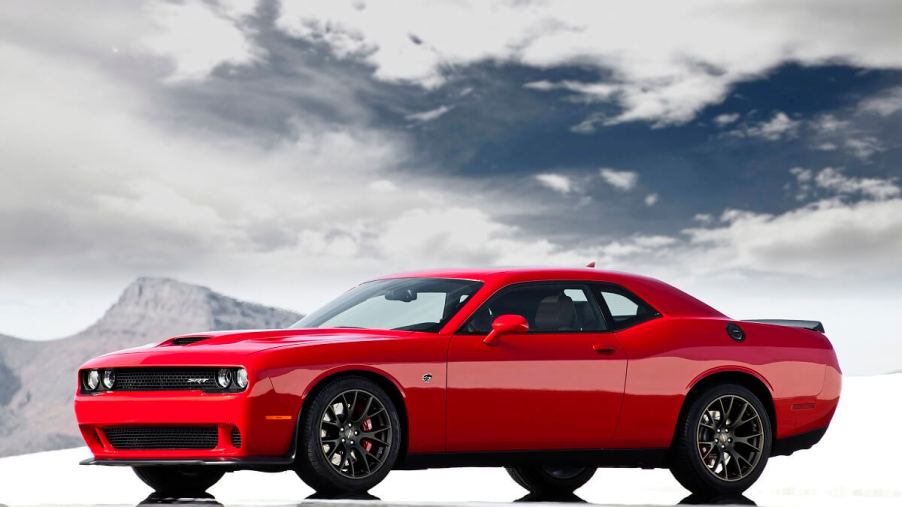
Dodge Hellcat: Why Name It After a Big Cat?
The Dodge Challenger SRT Hellcat left its mark on the modern performance car space by creating the most potent production V8-powered muscle car in history at the time of its release. Since 2015, the horsepower wars reached a nuclear-proliferation-level arms race, with power figures building well past 700. However, the aptly-named Dodge Charger and Challenger SRT Hellcats remained at the top of the segment, with some variants producing as much as 807 or 840 horsepower. Still, how did the Mopar muscle machine get its hellacious handle and instantly recognizable name, Hellcat?
Why is it called the Dodge Hellcat?
The Dodge Challenger and Charger SRT Hellcats derive their name from the Allied WWII aircraft, the Grumman F6F Hellcat. A simple, elegant carrier-based aircraft, the Grumman model was highly effective against the Japanese Navy and Air Force in the Pacific theatre.
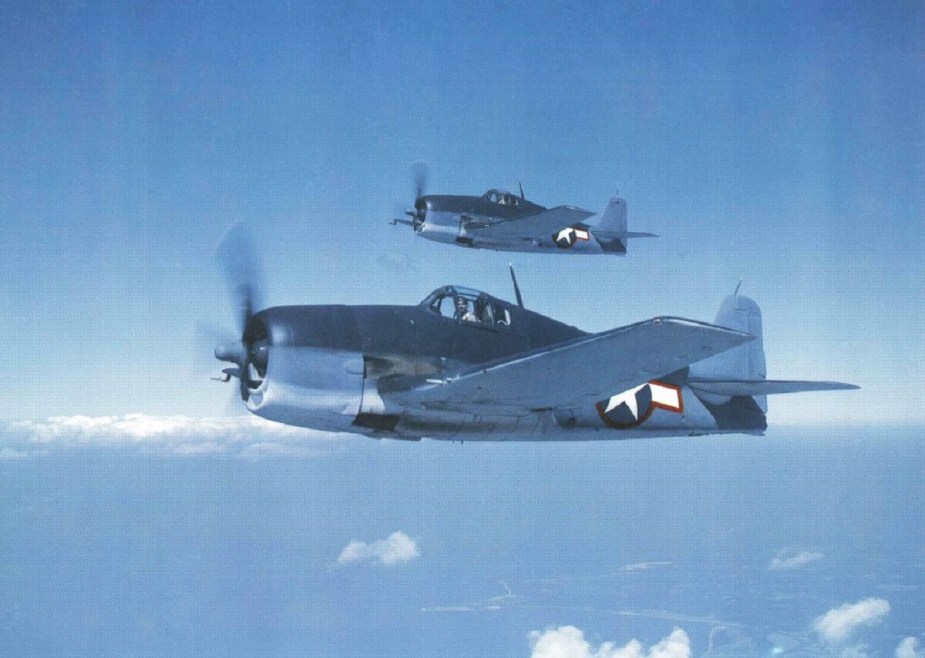
Dodge’s brutish blacktop bully chose its name wisely, too. Though the Grumman F6F Hellcat lost Hollywood opportunities to the more handsome, bent-winged Vought F4U Corsair, the little Grumman fighter was tough. So tough that the airplanes would often return to carriers riddled with bullets yet still airworthy.
The Grumman fighter aircraft’s horsepower figures also complement Dodge’s screaming muscle cars. The aircraft produced 2,000 horsepower from a Pratt & Whitney R-2800 Double Wasp engine. Moreover, the Hellcat’s speed, armor, and immense firepower allowed it to rack up as much as a 13:1 victory ratio against the Mitsubishi A6M Zero, per Hush-Kit. Yes, that Mitsubishi.
What makes a Hellcat a Hellcat?
In addition to the snarling big cat badge on the spoiler and flanks of Dodge’s Hellcats, the namesake cars always feature forced induction. In fact, the name is tethered to the air-greedy motor more so than the cars. Specifically, the moniker refers to Dodge’s supercharged 6.2L V8 engine.
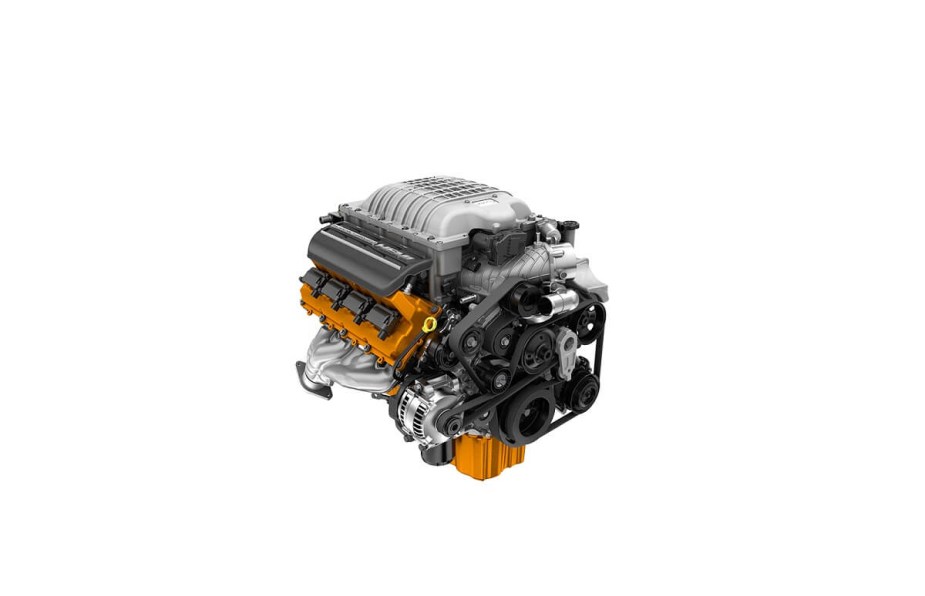
What’s so special about a Hellcat?
When Dodge unveiled the first Challenger SRT Hellcat for the 2015 model year, muscle car fans were stunned. The previous champ was the S197-generation Ford Mustang Shelby GT500 (2013, 2014), with 662 horsepower. Then the Hellcat exploded onto the scene with an additional 45 horsepower, for a total of 707.
Since then, Dodge has upped the horsepower figures, with late-model SRT Hellcat Redeyes producing as much as 797 horsepower. That makes the Hellcat special: it’s a hilarious, impractical reminder of the joy of too much power.
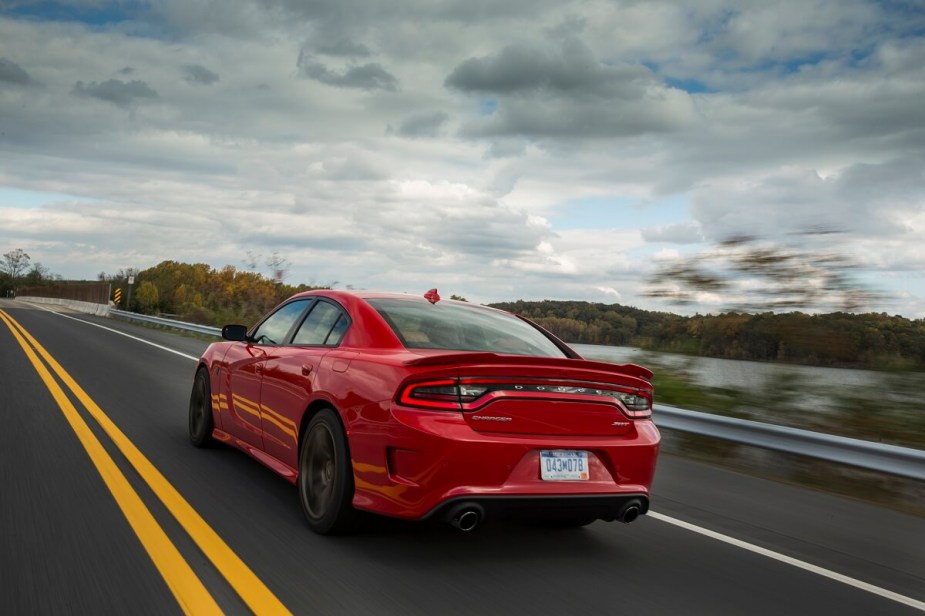
The models aren’t just smoke and pantomime signifying nothing, though. Car and Driver managed to launch a 2015 Dodge Charger SRT Hellcat to 60 mph in just 3.4 seconds. Moreover, the over-the-top Charger model tied a Mercedes-Benz SLR McLaren in top-gear 30 to 50 mph performance. That’s a four-door sedan keeping pace with an F1-inspired supercar.
Does Dodge still sell Hellcats?
Dodge still sells its Challenger and Charger SRT Hellcats, but there’s a catch. The 2023 model year will be the last of the supercharged V8-powered brutes.
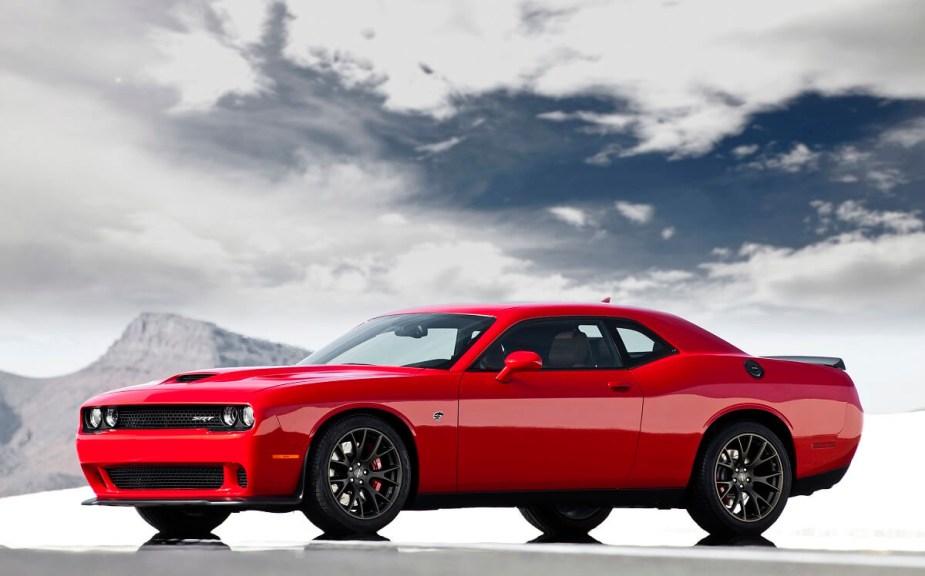
Still, Dodge isn’t going to send off its wildest creations without some pomp. The “Last Call” models celebrate the Charger and Challenger models, featuring limited numbers and commemorative plates. Of course, the Last Call vehicles will pack nothing tamer than the 6.4L Hemi and supercharged 6.2L Hellcat engines.



